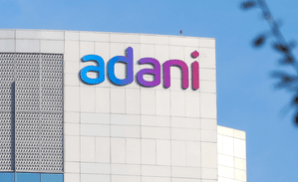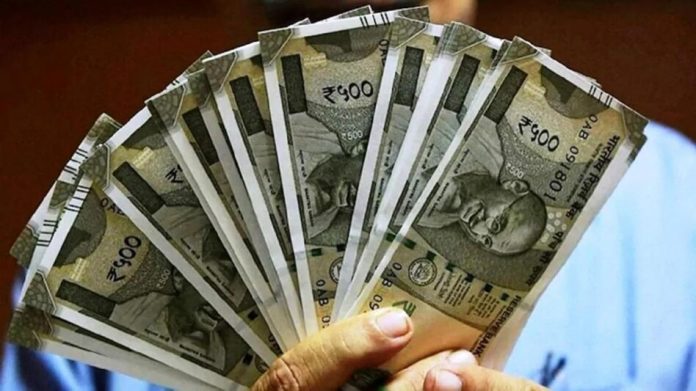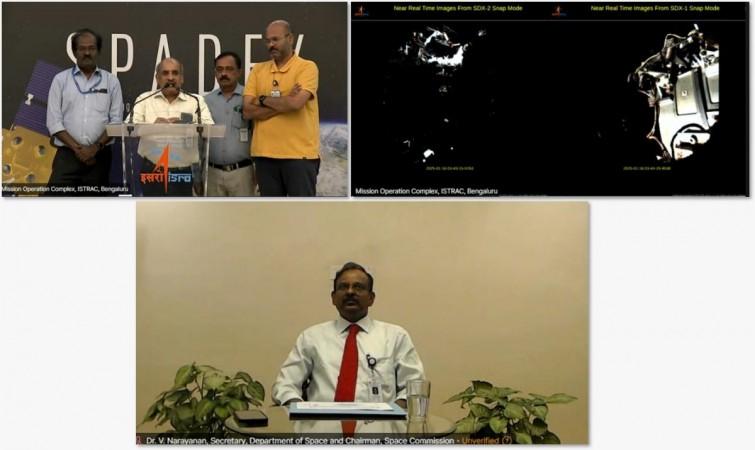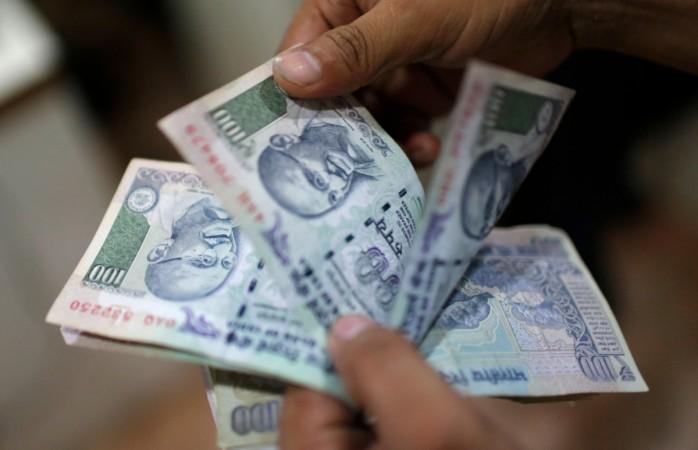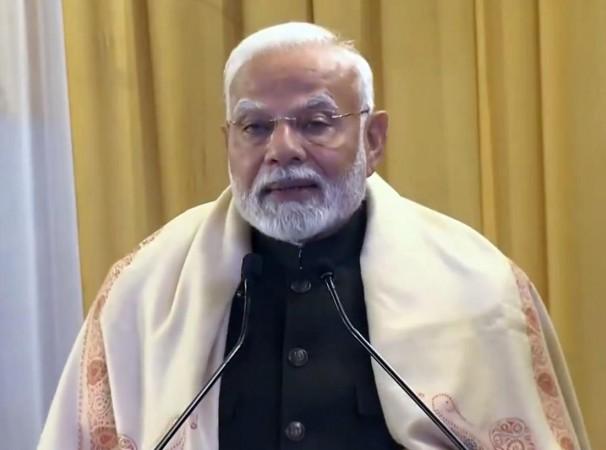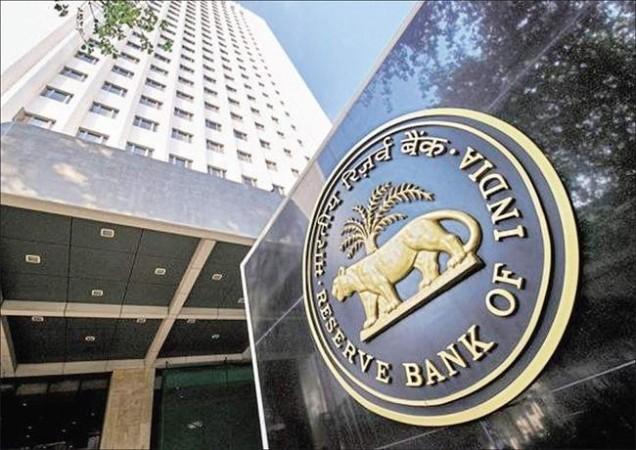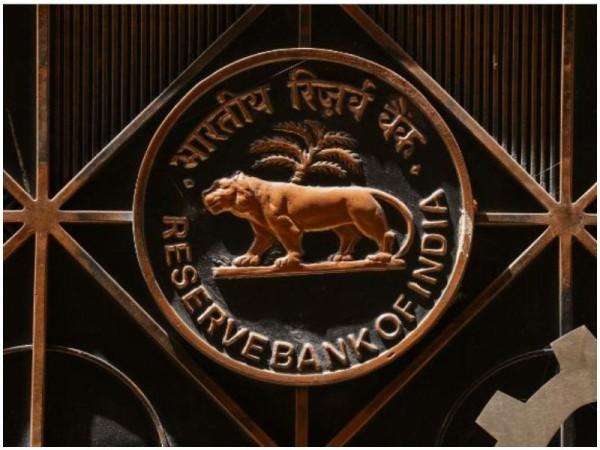Lubi Industries has secured a contract from Bharat Petroleum Corporation Limited (BPCL) to manufacture, supply, install, and commission 1,400 fast DC EV chargers across India. Under the agreement, Lubi Industries will deliver 60kW DC fast chargers to BPCL retail outlets nationwide.
This collaboration constitutes a notable portion of the total DC chargers to be installed in the country annually and is expected to support the adoption of electric vehicles. The chargers will be locally manufactured and designed to meet regulatory quality standards, aiming to ensure reliable operation and a long service life- added a company statement.
Speaking on this collaboration, the management from Lubi Industries said, “We are proud to partner with BPCL on this transformative project, which is fully aligned with our mission to contribute to India’s EV revolution. Our advanced charging solutions will not only ensure an uninterrupted charging experience for EV users but also underscore the importance of indigenization in building critical infrastructure.”
Also read: BPCL and IONAGE collaborate to integrate EV chargers across India
Subscribe & Stay Informed
Subscribe today for free and stay on top of latest developments in EV domain.






